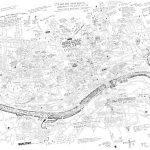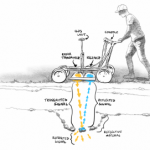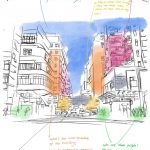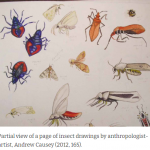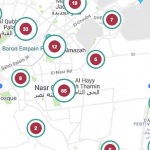
Maps have been used in ethnographic field research since the emergence of modern ethnographic filed research. Malinowski included “extensive maps, plans and diagrams, illustrating ownership in garden land, hunting and fishing privileges” as one of “the more fundamental documents…
